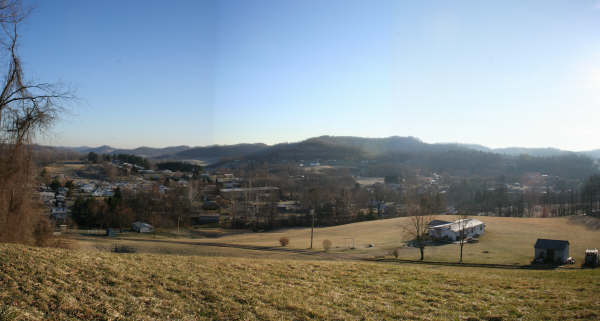dmccormack
Touchdown! Greaser!
- Joined
- May 11, 2007
- Messages
- 10,945
- Location
- Lancaster County, Pennsylvania
- Display Name
Display name:
Dan Mc
On the Aeronca listserv we're discussing 3 point v. "full stall" landings.
I've noticed that the Chief is still flying at 38 MPH indicated when I touch down 3 point (with me on board stall buffet happens around 40 with full break below 40 MPH).
Early in my tailwheel transition training I was confused by the "full stall" description and my expereinced Chief/Champ instructor cautioned me about tail first touchdowns (after looking over the Maule tailwheel and where it's mounted I heartily agree with him that it's hard on the airplane and could cause structural damage).
Thus there is no way to "full stall" the Chief without a very nose high attitude that will cause the tailwheel to strike first, will reduce overall control effectiveness, and may even induce a ground loop (should one wing drop before the other).
Thoughts?
I've noticed that the Chief is still flying at 38 MPH indicated when I touch down 3 point (with me on board stall buffet happens around 40 with full break below 40 MPH).
Early in my tailwheel transition training I was confused by the "full stall" description and my expereinced Chief/Champ instructor cautioned me about tail first touchdowns (after looking over the Maule tailwheel and where it's mounted I heartily agree with him that it's hard on the airplane and could cause structural damage).
Thus there is no way to "full stall" the Chief without a very nose high attitude that will cause the tailwheel to strike first, will reduce overall control effectiveness, and may even induce a ground loop (should one wing drop before the other).
Thoughts?




 )
)